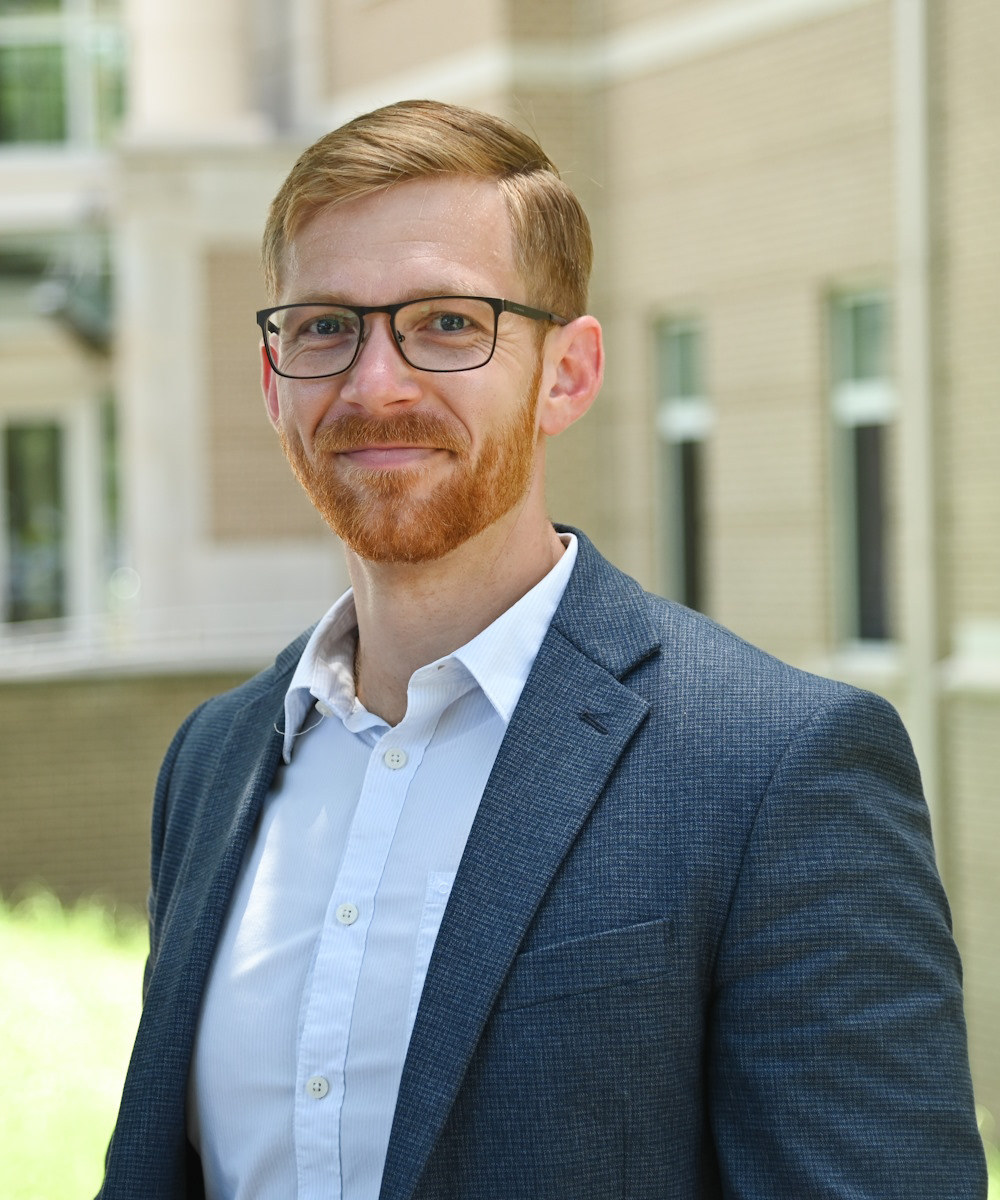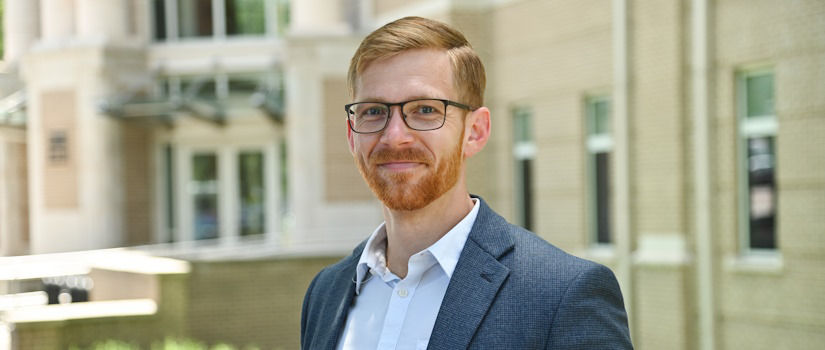August 28, 2024 | Erin Bluvas, bluvase@sc.edu
With mixed outcomes, stroke survivors have historically all received the same general treatment: stabilize the patient and implement standard rehabilitation procedures (e.g., physical, speech, occupational therapy), continue as needed. But what if scientists and clinicians could customize stroke recovery treatment for each patient? Using new technologies and therapies tailored to the individual?
USC researchers are leading the way in this new approach to post-stroke recovery, and Sigfus Kristinsson is at the forefront. In addition to specializing in the neurophysiology of healthy aging, his work focuses on aphasia – a communication disorder resulting from stroke or injury to the brain that impacts patients’ ability to speak, listen, read and/or write.
“I am passionate about improving the clinical management of aphasia, particularly when it comes to matching individual patients with treatment that will maximize their functional language recovery,” Kristinsson says. “This work considers lesion-based factors as well as personal factors and how these factors interact with the active ingredients in different behavioral treatments.”
“Dr. Kristinsson is an outstanding researcher and teacher,” says Department of Communication Sciences and Disorders chair Jean Neils-Strunjas. “With a background in speech-language pathology from Iceland, he brings diverse perspectives to our clinical training program.”
When Kristinsson arrived at the Arnold School in 2017, he did not expect his stay would last beyond his Ph.D. in Communication Sciences and Disorders program. He was simply following his academic interests, as he had done since he first studied linguistics at the University of Iceland.

“I have always been fascinated by language studies and biology, and one of my undergraduate classes married these two fields,” Kristinsson says. “The topic was simply ‘language in the brain,’ and one of the lectures was on brain damage and subsequent aphasia. I became fascinated with the disorder of aphasia and realized this was the path I wanted to take.”
After completing a master’s in speech-language pathology at the same institution, he gained clinical experience at a rehabilitation center working with patients with neurogenic diseases (e.g., Parkinson’s disease, stroke, traumatic brain injury). He quickly realized, however, that there was much work to be done on the research front to improve treatments offered at clinical practices.
Leaving their quiet, seaside town behind, Kristinsson and his family came to USC so he could conduct the type of research that he wished he had access to as a speech-language pathologist. He wanted to help answer the questions that he and other clinicians face when treating patients.
USC’s location in South Carolina, with its high stroke rates (nearly 17,000 hospitalizations for stroke in 2020), and its well-established research infrastructure makes it the perfect home for stroke and aphasia researchers to collaborate. Kristinsson found that he could make a bigger impact in this environment and decided to stay on as a postdoctoral fellow and then a research assistant professor before becoming an assistant professor in the Department of Communication Sciences and Disorders.
“While it is sad to say that South Carolina, often referred to as ‘the buckle of the stroke belt,’ has an unusually high incidence of stroke, this fact means that USC is a leading authority in stroke research,” he says. “It is my hope that my work, both research and community service, will lead to improvements in clinical stroke treatment and ensure every inhabitant of the state access to proper post-stroke care.”
